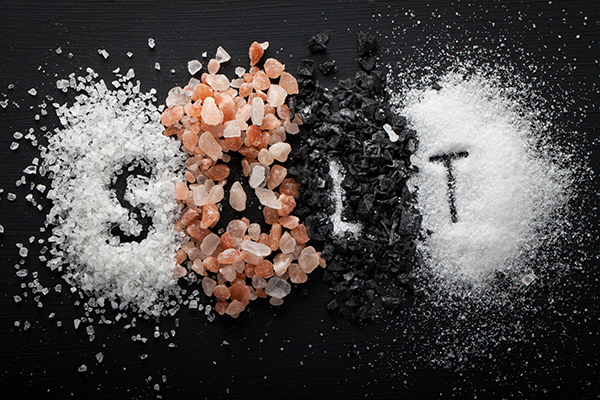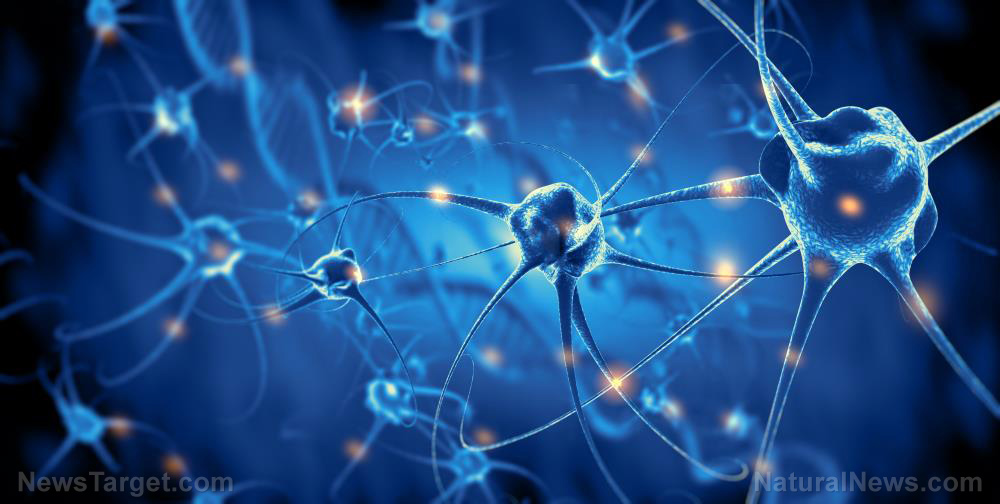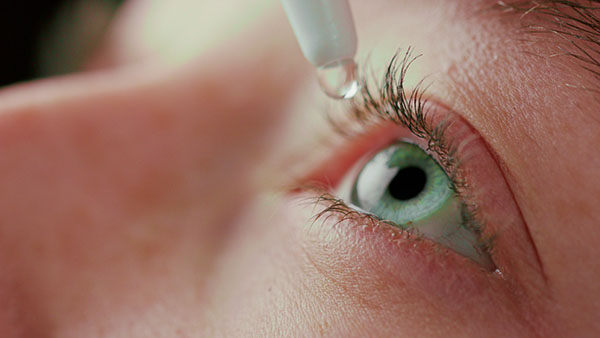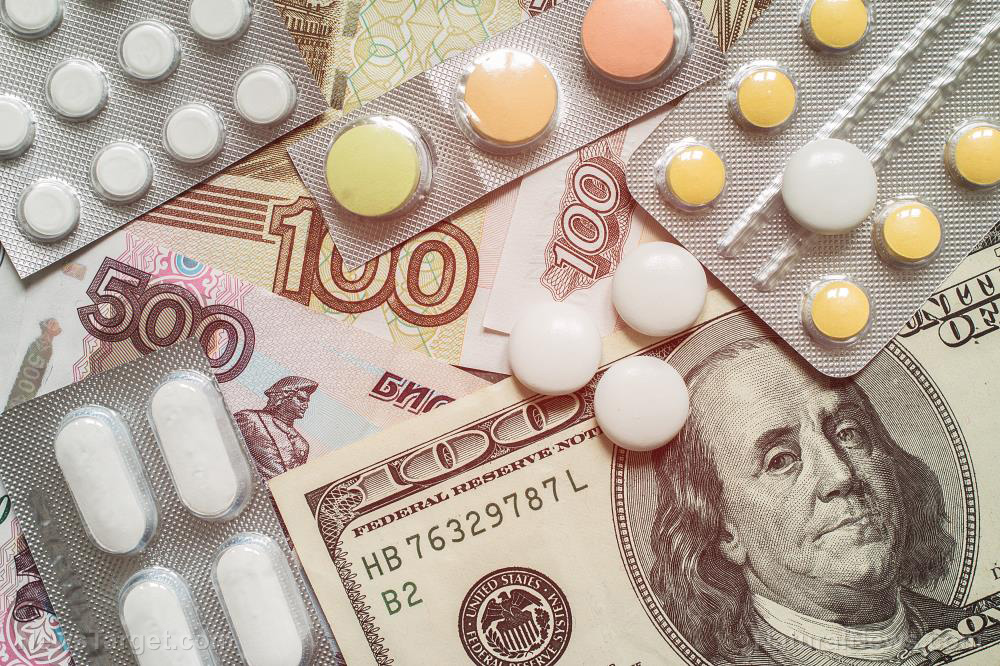 Parler
Parler Gab
Gab
- Even within the traditional "normal" range (135–146 mmol/L), sodium levels ≥140 mmol/L raise hypertension risk by 29% and heart failure risk by 20%, affecting 58% of study participants.
- Drinking 1 liter of water daily reduces sodium levels ~3 mmol/L—far more effectively than cutting salt (doubling salt intake only raises sodium by ~0.4 mmol/L).
- Fewer than half of adults meet minimal water intake requirements, with chronic mild dehydration triggering harmful vascular stress and heart strain.
- Processed foods and refined table salt contribute excess sodium, while natural unprocessed salts (e.g., sea salt) offer minerals without overloading sodium.
- Aim for 2 liters of water daily (adjust for activity), monitor urine color (faint yellow is ideal), use natural salts and consult doctors to interpret blood test results.
The silent cardiovascular threat in "normal" sodium levels
The study led by Dr. Jonathan Rabinowitz of Bar-Ilan University and Dr. Natalia I. Dmitrieva of the National Heart, Lung and Blood Institute found that serum sodium levels of 140 mmol/L or higher, which fall within the standard “normal” range of 135-146 mmol/L, were associated with a 29% increased risk of hypertension and a 20% higher risk of heart failure compared to lower levels. This categorization of risk within “normal” thresholds has profound implications: over half of the study’s participants—58%—were in this higher-risk bracket, with nearly one in five exceeding the highest danger threshold (143–146 mmol/L). The findings challenge the assumption that simply staying within a generic blood-test range equates to optimal health. “These results highlight that ‘normal’ isn’t one-size-fits-all,” said Rabinowitz. “For chronic diseases like hypertension, small shifts in physiology matter and hydration plays a critical role.” The research tracked participants for up to two decades, revealing persistent risk correlations even after adjusting for age, weight and lifestyle factors.Hydration: A lifeline against sodium-driven disease
The study emphasizes that hydration—not just dietary salt intake—is the primary driver of serum sodium levels. Calculations showed that adding one liter of water daily lowers sodium by around 3 mmol/L, whereas doubling salt intake might only raise levels by 0.4 mmol/L. This means staying sufficiently hydrated could mitigate risks far more effectively than reducing salt alone. When hydration falters, the body’s mechanisms to conserve water trigger harmful cascades. Elevated sodium spurs the release of antidiuretic hormone (ADH), narrowing blood vessels (vasoconstriction) and activating stress responses that tax the heart. “Chronic mild dehydration”—a condition affecting an estimated majority of the global population—creates this cycle, with 287 mmol/kg of blood tonicity (a measure tied to sodium levels) acting as a critical threshold. Crossing this line can set the stage for long-term cardiovascular strain. The urgency is underscored by global hydration gaps. According to the study, fewer than half of adults meet minimal daily water requirements: 1.6–3 liters, depending on gender. “This is a low-cost intervention,” said Dmitrieva. “If we can translate these findings into public health action, we could see meaningful reductions in heart disease.”Bridging tradition and science in sodium consumption
Historically, sodium warnings have centered on consumption of processed foods and table salt. However, the Israel-based research suggests this focus may be incomplete. For instance, recent data from the American College of Cardiology (ACC) shows that even individuals with diagnosed heart disease consume over twice the recommended sodium intake—3,096 mg/day versus a target of 1,500 mg/day. Yet, as Elsie Kodjoe, MD, lead author of the ACC study, noted, “people with cardiovascular disease aren’t cutting sodium much more than the general public”—highlighting cultural reliance on sodium-rich diets. Yet the sodium-salt dichotomy is complex. Natural unprocessed salts, such as Celtic Sea Salt, contain trace minerals crucial for nutrient absorption and detoxification. Meanwhile, excessive refined table salt lacks these benefits while contributing excess sodium. Striking a balance becomes key: moderate sodium intake paired with robust hydration.Practical steps to optimize sodium and fluid balance
The study’s authors urge healthcare providers to use blood-test sodium values as early warning signs for personalized, low-cost interventions like hydration counseling. Actionable steps include:- Increase water consumption, particularly early in the day and with salty meals. Aim for 2 liters daily, adjusting for activity and climate.
- Monitor urine color: Pale yellow indicates adequate hydration; dark amber suggests dehydration.
- Choose natural sources of sodium like pink Himalayan salt to support electrolyte balance while avoiding overconsumption.
- Consult a healthcare provider to interpret blood-test ranges in light of personal health metrics.
A call to reassess daily hydration habits
The interplay between sodium, hydration and heart health is an urgent call to reevaluate basic health routines. As global sodium consumption remains stubbornly high, this research reframes hydration as a frontline tool for prevention. “We’ve been focusing on salt shakers, but water taps may matter more,” Rabinowitz said. For millions at risk, the message is clear: drinking enough water isn’t just about thirst—it’s about sparing the heart the strain of silent, systemic dehydration. With cardiovascular disease claiming 18.6 million lives annually, the time to act is now. By rethinking hydration, individuals and policymakers can help tip the scales toward prevention, ensuring “normal” blood tests translate to truly healthy lives. Sources for this article include: StudyFinds.org ACC.org RoswellPark.orgBrain power revival: Methylene blue’s 136-year journey from Victorian dye to Alzheimer’s hope
By Belle Carter // Share
Holistic eye care and ancient practices challenge surgery’s reign in cataract treatment
By Willow Tohi // Share
State Department issues advisory warning Americans to AVOID Venezuela
By Ramon Tomey // Share
Breaking the aging code: How diet shapes longevity from breakfast onward
By Willow Tohi // Share
Governments continue to obscure COVID-19 vaccine data amid rising concerns over excess deaths
By patricklewis // Share
Tech giant Microsoft backs EXTINCTION with its support of carbon capture programs
By ramontomeydw // Share
Germany to resume arms exports to Israel despite repeated ceasefire violations
By isabelle // Share










